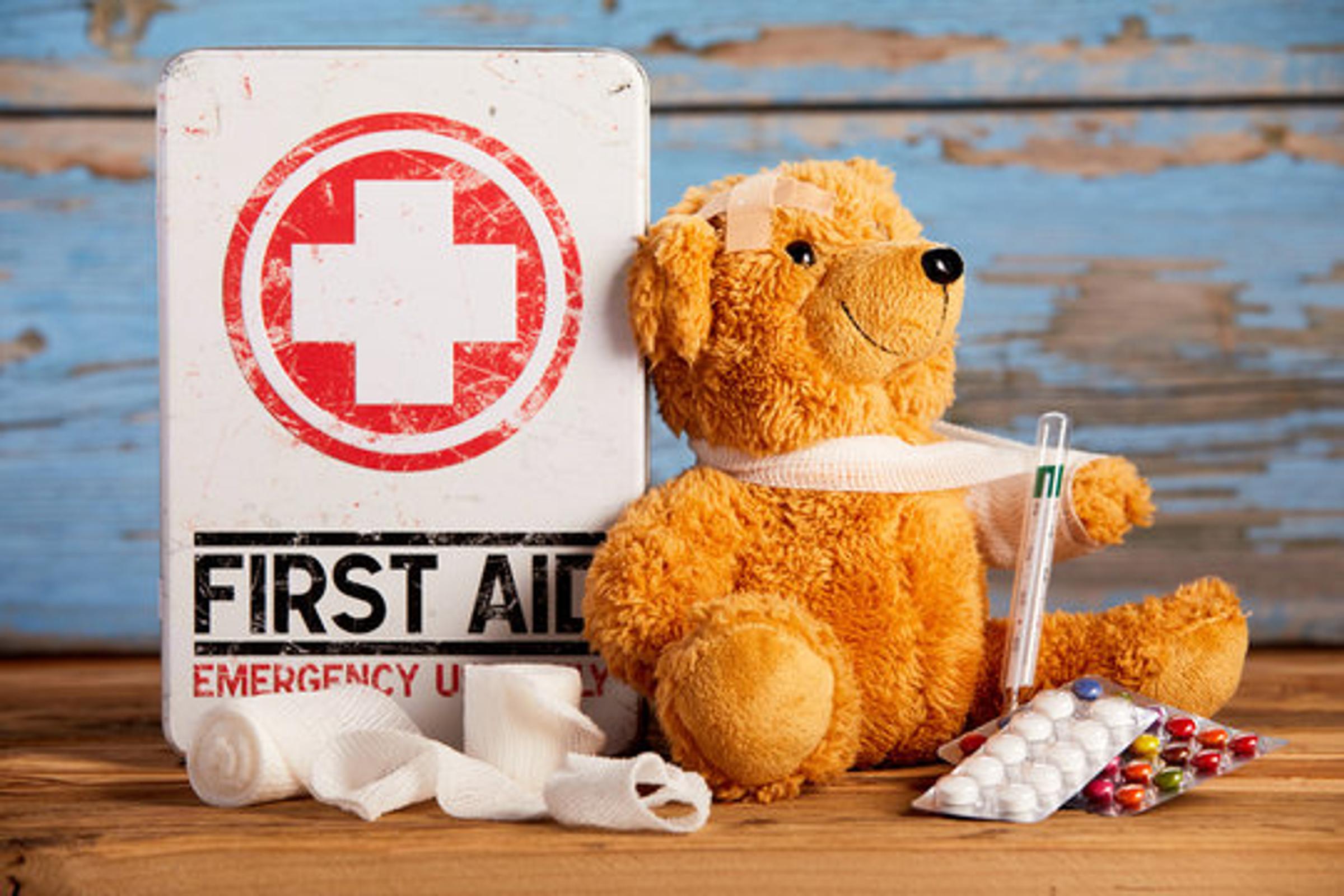First Aid News

Measles
- Measles is a very contagious viral illness.
- If you are vaccinated against measles, or if you have already had measles, you are likely to be immune to the disease.
- 9 out of 10 non-immune people will catch measles if exposed to the virus.
- Measles causes fever, cough, red eyes and a red, blotchy rash.
- Measles can lead to serious complications including ear infections, pneumonia (lung infection) and encephalitis (inflammation of the brain).
- Vaccination is the best way to prevent measles.
What is measles?
Measles is a very contagious viral illness, best known for its characteristic red blotchy rash. Measles can be very serious. The complications that can come with measles can lead to hospitalisation and even death.
Measles was very common in Australia before measles vaccination was added to the childhood immunisation schedule in 1971. Thanks to widespread vaccination, measles is now rare in Australia, but sometimes outbreaks still occur when infected people enter from overseas.
This page focuses on advice for adults and children above 5 years of age. You can find information about measles during pregnancy and in babies and younger children on the Pregnancy, Birth and Baby website.
What are the symptoms of measles?
The symptoms of measles usually appear about 10 days after exposure to an infected person.
The most characteristic symptom of measles is a blotchy red rash, but this is not usually the first symptom.
Measles usually starts as a flu-like illness lasting for between 2 and 4 days with symptoms that include:
- fever
- tiredness
- severe cough
- red eyes (conjunctivitis)
- runny nose
- white spots in the mouth (known as Koplik spots)
On days 3 to 7 of the illness, the rash appears. It is usually red and blotchy, but not itchy.
A measles rash generally starts at the head and then spreads down to the rest of the body. It usually lasts 4 – 7 days.
Measles rash has red, slightly raised spots and may be blotchy but not itchy.
Other symptoms may develop if the infection leads to complications, so if you have measles and new symptoms appear or the current symptoms worsen, speak to your doctor.
Measles is a notifiable disease. This means that the doctor who diagnoses measles needs to report the case to the local health authorities, who can take steps to prevent or control an outbreak. Since measles is very contagious, this usually involves a process called contact tracing. After speaking to the person with measles, contact tracers attempt to identify anyone who has had close contact with them recently.

